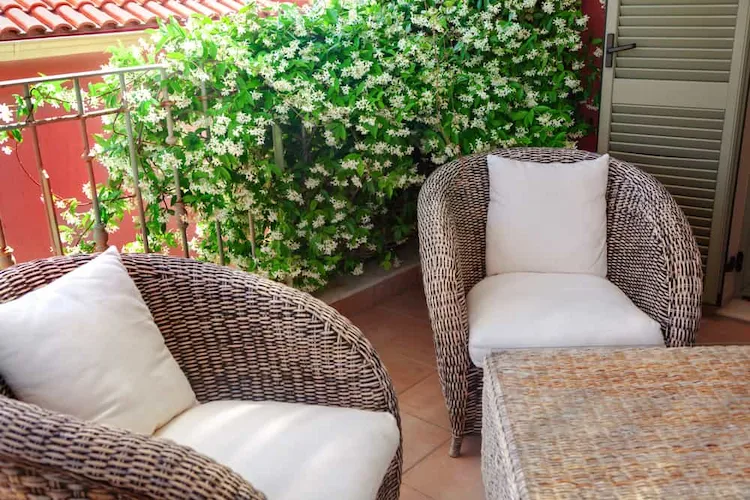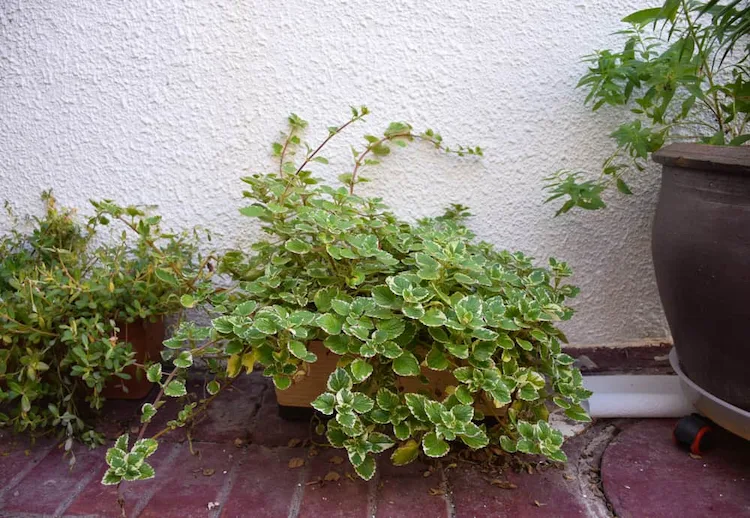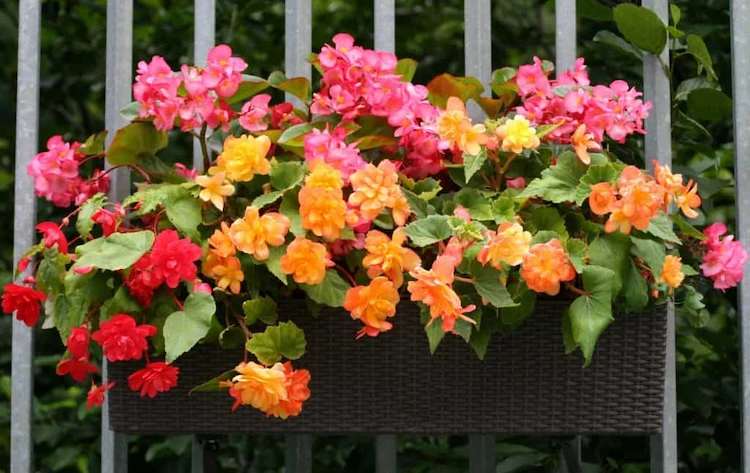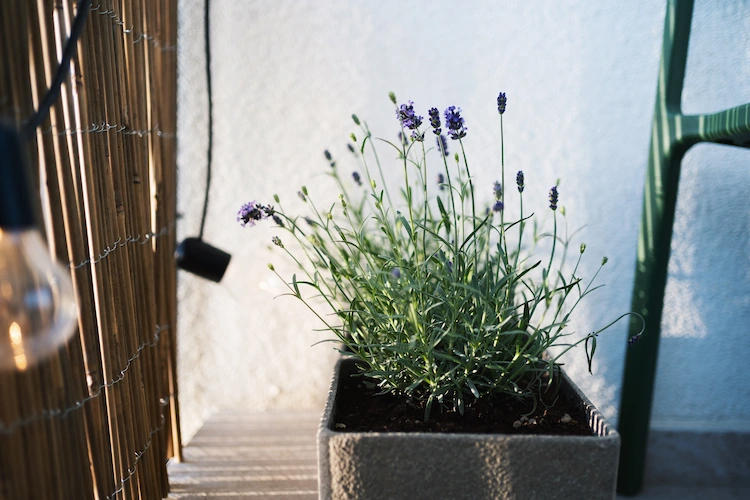When it comes to growing ornamentals in an urban environment, certain balcony plants lend themselves to shade and require less care. This means you can look forward to a small herb or flower garden even if your balcony doesn’t get enough sunlight. In addition, the outdoor space can be made more colorful and useful with the right selection of plants. To this end, below you can discover some tips and examples suitable for balconies with a shady location.
What should you consider before choosing balcony plants for shade and partial shade?

If you prefer more flowers outdoors, you can choose between many types of plants such as begonias, hydrangeas, fuchsias or busy lizards. Such shade-tolerant balcony plants are perfect for filling small gaps where other plants may not thrive. These varieties are also suitable for balconies with roofs that are partially or completely in the shade. If your outdoor space is oriented towards the north, you can only grow plant varieties that do not require sun.

Additionally, there are some factors to consider when choosing shade-loving balcony plants. First and foremost, you should know which weather and lighting conditions are suitable for the relevant plant species. For example, some of them can survive without sunlight, but your outdoor area should receive some exposure for them to thrive. Most flowers or herb plants require at least 7 hours of daily sunshine, although balcony plants for shade simply do not like direct sunlight. Those with thick, soft and large plant leaves usually tolerate shady areas, except varieties with light, spotted or red leaves. When it comes to narrow, hard or finely structured plant leaves, these varieties usually need a lot of light.
Consider factors such as climate, pets and pests

If it is an uncovered location, you should choose balcony plants for shade that can withstand more intense rainfall. You can choose numerous varieties that bloom beautifully, but it may be better to prioritize green plants over flowers. An example of this are ornamental grasses, which grow without a problem in the absence of sunlight, but do not produce flowers. Additionally, many shade-tolerant plants can be adapted to the style and conditions of a balcony. However, it’s better to have a general idea of what you want before you start shopping. Another important factor is pets, and if you have them, you should choose non-toxic plant varieties.

Pests also pose a problem for shade-loving plant varieties. If you choose balcony plants for shade, you should take into account that it tends to be damp and dark. Such conditions attract many insects and pests such as snails. You should therefore set up traps to prevent pest infestation, as balcony plants cannot recover particularly quickly for shade.
Choose common varieties of balcony plants for shade

After you have found out about the right conditions, it is now time to choose balcony plants for shady locations. A suitable plant species would be busy lizards, which can also bloom in the shade from May to October. These are easy-care plants that, depending on the variety, can also withstand strong thunderstorms. However, you should also take into account that busy lizards are rather sensitive to cold. Therefore, do not plant these before mid-May, although it should also be noted that they require a comparatively high amount of water.

Another option for shade-tolerant balcony plants are begonias, which thrive as easy-care potted plants in locations where other varieties cannot survive. In addition, begonias are suitable as balcony plants for shade and partial shade and can produce flowers until October. When it comes to plant care, it is important to note that this plant variety does not tolerate waterlogging. Otherwise, other popular varieties such as ivy, angel’s trumpet, chrysanthemums, fuchsias, bluebells, primroses, hydrangeas and man’s shield are also suitable for shady balconies.
Which herb plants tolerate shady balcony areas?

As you can see, shady and semi-shady areas offer great opportunities for growing shade-loving potted and container plants. This also allows you to consider crops to use in the kitchen. When potting herb plants, it should be taken into account that potted plants also need fertilizer in order to grow healthily.

Otherwise, you could just as easily spruce up and decorate your balcony with a herb garden. Many of them, such as lavender, are also suitable as defense plants against parasites and have numerous health benefits. Herbs that grow best in shade include valerian, mint, chives, woodruff, watercress, tarragon, lovage, parsley, coriander and wasabi.

This way you can enjoy a green and colorful garden even in shady places. You don’t have to worry about your plants even on hot summer days, as most of them can tolerate heat. Additionally, you can enjoy more intense tones when plants develop away from the sun. These are also varieties that you need to water and care for occasionally.


